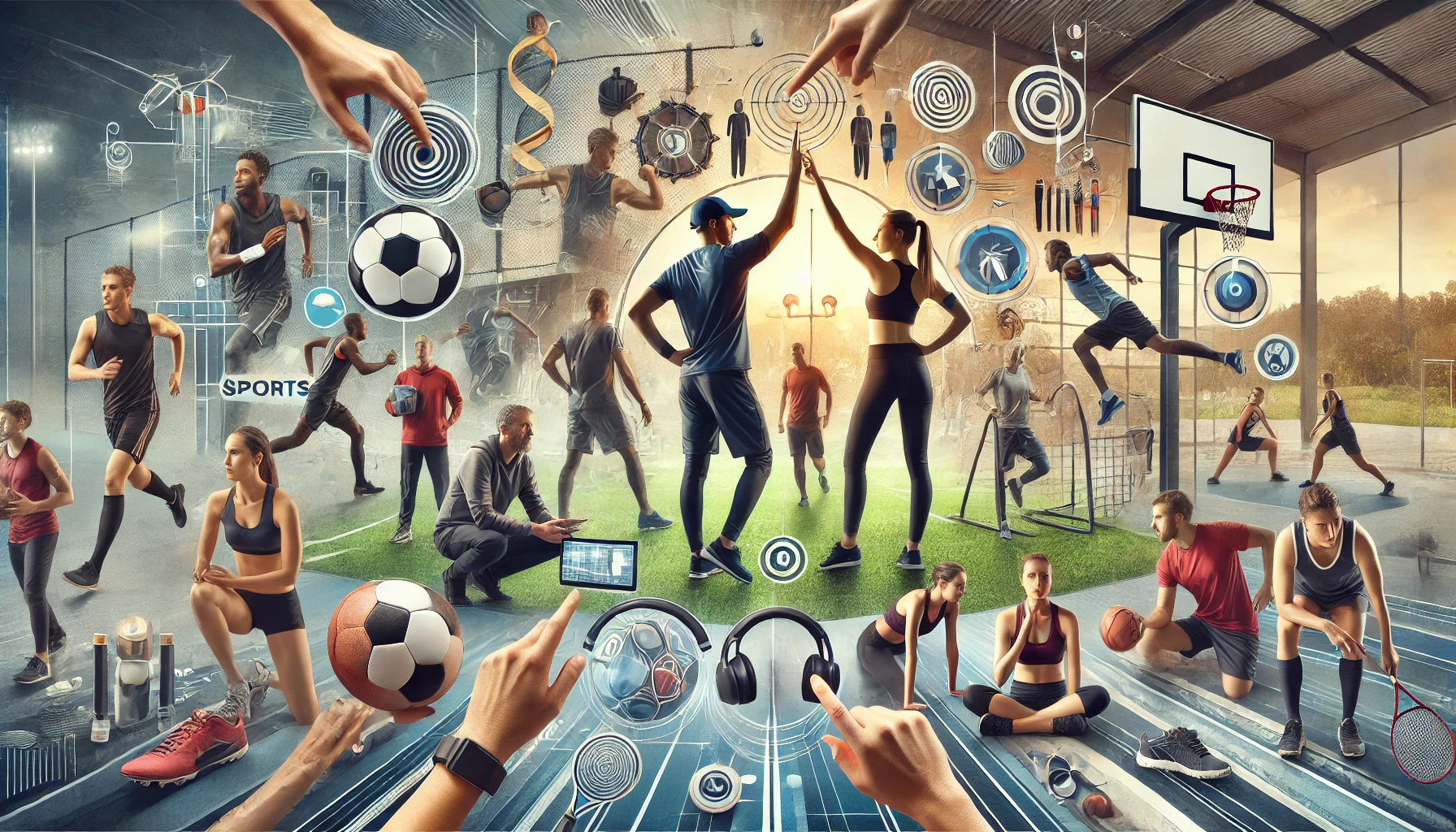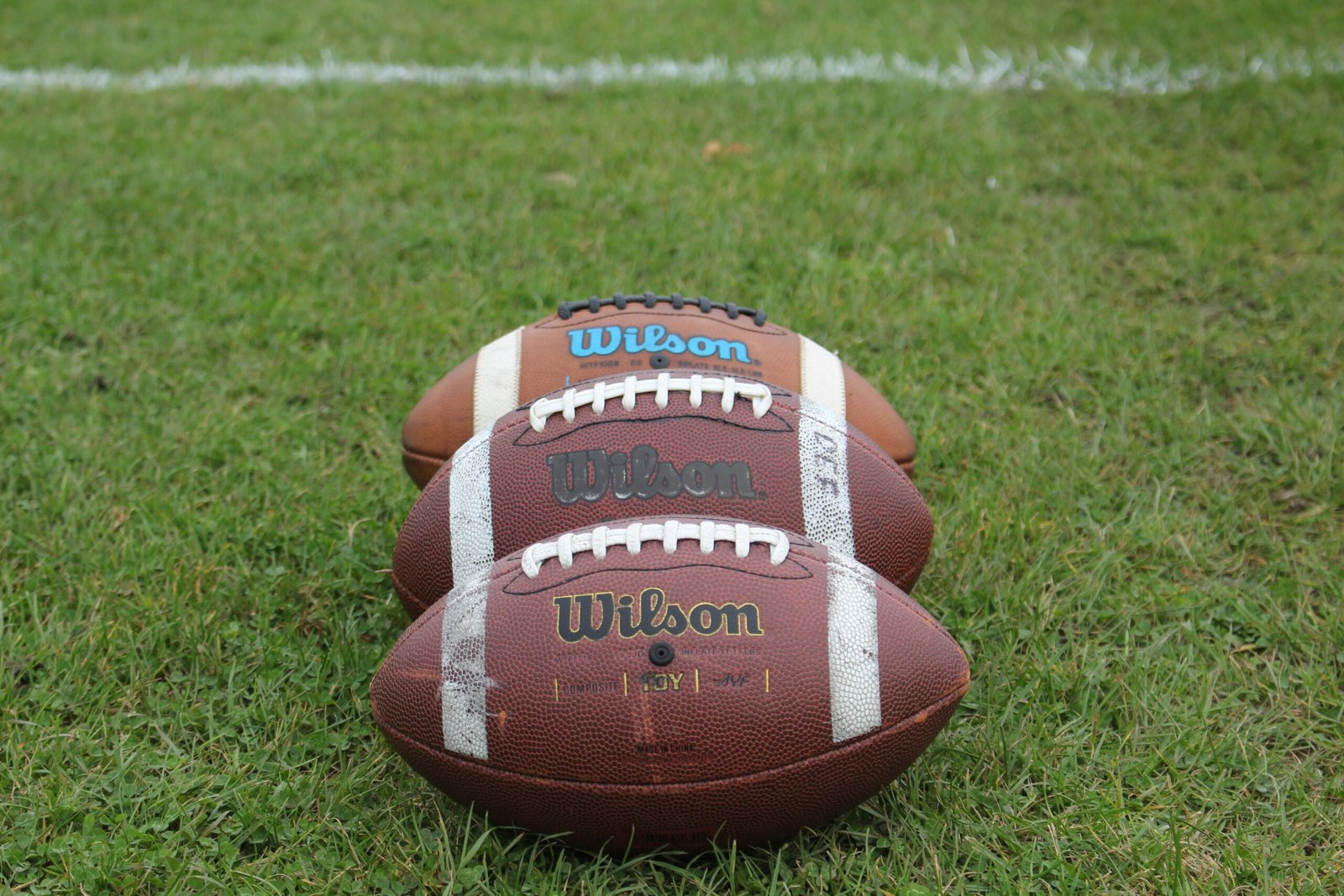Why Communication Matters in Sports
Communication in sports is not just about talking; it’s about transmitting information effectively and efficiently. Athletes and coaches rely on verbal and non-verbal cues to execute strategies, convey emotions, and encourage teamwork. Miscommunication, on the other hand, can lead to errors, frustration, and lost opportunities.
Benefits of Effective Communication in Sports
- Enhanced Teamwork: Builds stronger connections and promotes collective success.
- Better Decision-Making: Facilitates quick and accurate choices during games.
- Conflict Resolution: Encourages open dialogue to resolve disputes amicably.
- Improved Morale: Boosts confidence and motivation in players.
Motivation: The Key to Communication
Motivation drives athletes to perform at their best and encourages open communication within the team. A motivated team communicates more effectively, sharing feedback and celebrating success together.
Encouraging Positive Communication
- Inspire Trust: Create an environment where team members feel safe expressing their thoughts.
- Set Clear Goals: Help athletes understand how communication impacts their individual and collective objectives.
- Celebrate Achievements: Recognize and reward effective communicators to reinforce good practices.
Skills to Enhance Communication in Sports
Improving communication skills requires a focus on verbal, non-verbal, and listening techniques. Here’s how athletes and coaches can hone their abilities:
1. Active Listening
Listening is the foundation of effective communication. Athletes and coaches should practice active listening to understand and respond thoughtfully.
- Maintain Eye Contact: Shows attentiveness and respect.
- Ask Clarifying Questions: Ensures the message is understood correctly.
- Avoid Interruptions: Allow speakers to express their points fully.
2. Verbal Communication
Clear and concise verbal communication reduces confusion during high-pressure situations.
- Use Simple Language: Avoid jargon or overly complex terms.
- Provide Specific Feedback: Highlight strengths and areas for improvement.
- Tone Matters: A calm and positive tone fosters cooperation.
3. Non-Verbal Communication
Body language, facial expressions, and gestures play a significant role in sports communication.
- Be Mindful of Posture: An open stance conveys confidence and approachability.
- Use Hand Signals: Essential in fast-paced games like basketball or soccer.
- Smile and Nod: Reinforces positivity and understanding.
4. Conflict Management
Disagreements are inevitable in sports, but effective communication can de-escalate tensions.
- Stay Calm: Approach conflicts with a cool and composed demeanor.
- Focus on Solutions: Shift the discussion towards resolving the issue.
- Acknowledge Emotions: Validate feelings to build trust and rapport.
Fitness and Communication
Physical fitness doesn’t just enhance athletic performance—it can also improve communication skills. Athletes who are physically fit are better equipped to stay focused, handle stress, and communicate effectively under pressure.
1. Mental Clarity and Fitness
Regular exercise boosts mental clarity and cognitive function, enabling athletes to process and communicate information faster.
2. Stress Reduction
Fitness activities like yoga, running, or swimming reduce stress and promote a calm mindset, which is essential for clear communication.
3. Endurance and Focus
Good physical fitness enhances endurance and focus, allowing athletes to stay engaged and responsive during games.
4. Team-Building Exercises
Fitness training often involves group activities, fostering collaboration and communication among teammates.
Strategies to Improve Communication in Sports
Enhancing communication in sports involves a mix of personal development, teamwork, and the use of modern technology. Below are some effective strategies:
1. Practice Team Drills
Organize drills that require athletes to communicate, such as passing exercises in soccer or relay races in track and field.
2. Use Technology
Leverage tools like video analysis, messaging apps, and communication platforms to improve coordination.
- Video Feedback: Analyze team interactions during games or practices.
- Apps for Messaging: Facilitate instant communication among team members.
3. Role-Playing Scenarios
Simulate real-game situations where athletes practice giving and receiving instructions under pressure.
4. Regular Feedback Sessions
Schedule regular meetings to discuss communication challenges and celebrate progress.
Future of Communication in Sports
As technology advances, communication in sports is evolving rapidly. Here’s what the future holds:
1. Wearable Technology
Devices like smartwatches and fitness trackers can transmit real-time data to coaches, enhancing communication.
2. Artificial Intelligence (AI)
AI-powered tools analyze player performance and provide actionable insights for better communication.
3. Virtual Reality (VR) Training
VR simulations offer immersive experiences, allowing teams to practice communication in realistic scenarios.
4. Social Media Integration
Platforms like Instagram and Twitter are increasingly used for team updates, announcements, and motivation.
Conclusion
Communication is the glue that binds a successful sports team. By developing skills like active listening, clear verbal expression, and effective non-verbal cues, athletes and coaches can achieve better results on and off the field. Physical fitness further complements these efforts, ensuring mental clarity and focus during critical moments.





